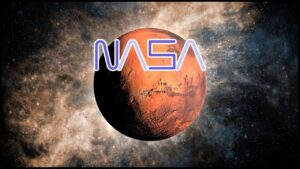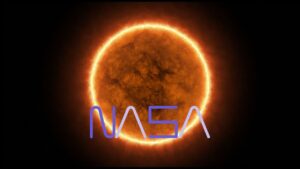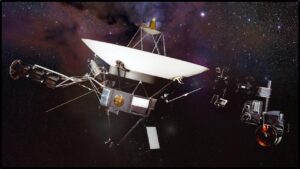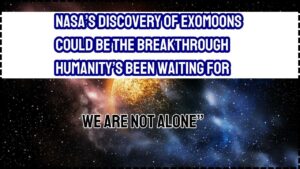Latest News
Unexplained Phenomena on Mars: NASA Finally Explains the Radioactive Traces—And It’s Not What You Think!
NASA's Curiosity Rover has unveiled the mystery behind radioactive traces on Mars. These traces, caused by cosmic rays, provide essential insights into Mars' geological history and radiation levels, helping scientists understand the planet’s past and future for exploration.
Trump’s New NASA Budget Proposal Cuts Deep—Some Changes Called ‘Literally Draconian’
Trump’s FY2026 NASA budget slashes science funding by 50%, cancels Mars missions and Earth satellites, and risks thousands of jobs. This expert-written guide breaks down the cuts, their impacts, historical context, and what students, professionals, and educators can do next.
Stunning 2025 Meteor Showers Are Coming—These Locations Offer the Best Seats in the Sky
2025 Meteor Showers are the year’s best excuse to look up and get lost in the stars. With major events like the Perseids, Geminids, and Eta Aquariids, plus ideal moon conditions, it's a prime year for watching and photographing meteors. This expert guide breaks down when, where, and how to watch, plus tips for families, teachers, and creators. Grab a blanket—sky’s putting on a show.
It’s Official: NASA Just Confirmed What the Oceans Really Look Like from Space
NASA has officially confirmed what our oceans truly look like from space. Thanks to advanced satellites like SWOT and Sentinel-6, ocean colors—from deep blue to bright green—now reveal critical information about climate, marine ecosystems, and underwater geography. With real-time tools like NASA Worldview and SeaDAS, this data is accessible to everyone, from students to scientists. Learn how this breakthrough affects climate policy, disaster planning, and the future of Earth science.
NASA Just Discovered Solar Curtains on the Sun—Here’s How This Plasma Spectacle Forms
NASA’s Daniel K. Inouye Solar Telescope has captured “solar curtains”—ultra-thin plasma structures on the Sun just 12–20 kilometers wide. These stripes reveal how small-scale magnetic fields evolve, influencing solar flares and space weather. Scientists also observed microflares—tiny explosions of energy—that could unlock mysteries like coronal heating. This discovery could revolutionize solar forecasting and safeguard Earth’s technology from space storms.
Voyager 1 Sends Back Shocking Data—This Discovery Could Rewrite Everything We Know About Space
Voyager 1, the most distant spacecraft ever launched, has sent back shocking data from the edge of our solar system. It discovered a superheated “wall of fire” and unexpected magnetic field alignments at the heliopause—findings that challenge long-standing space science models. As it ventures through interstellar space, this nearly 50-year-old probe continues to reshape what we know about the universe and our place in it.
We Are Not Alone”: NASA’s Discovery of Exomoons Could Be the Breakthrough Humanity’s Been Waiting For
NASA’s search for exomoons—moons orbiting planets beyond our solar system—may soon change everything we know about life and space. With candidates like Kepler-1625b I and cutting-edge tools like JWST, scientists are closer than ever to confirming the first exomoon. These distant moons could harbor oceans, atmospheres, and even life. This article breaks down the science, tools, and implications in a clear, friendly, and professional tone.














